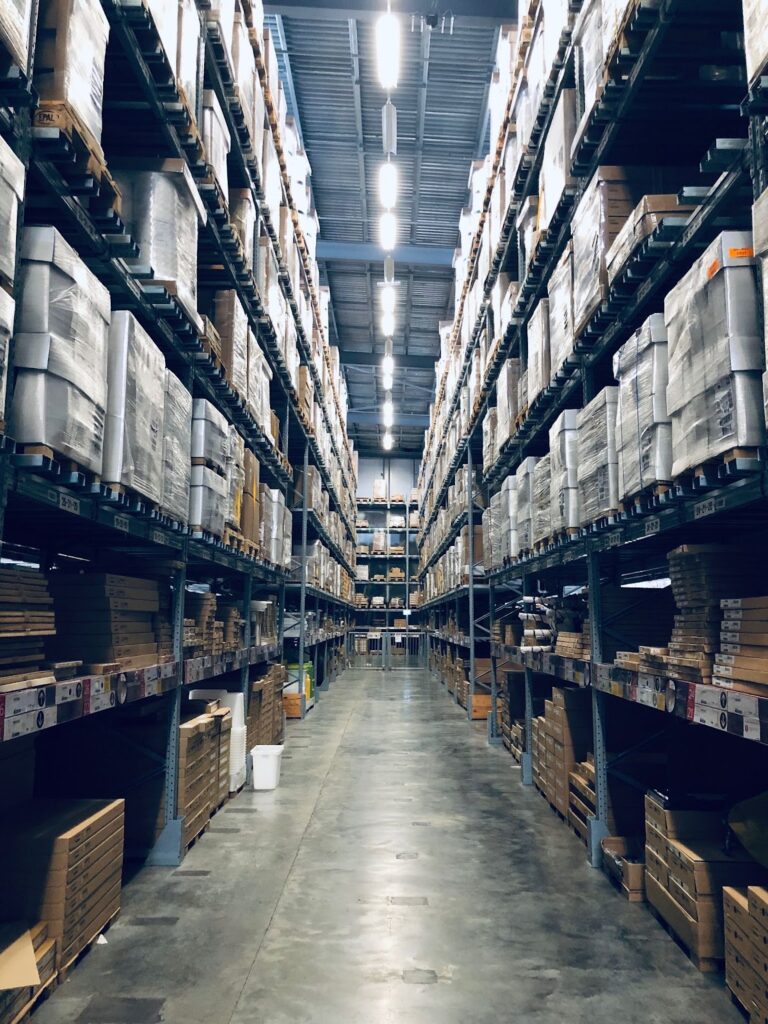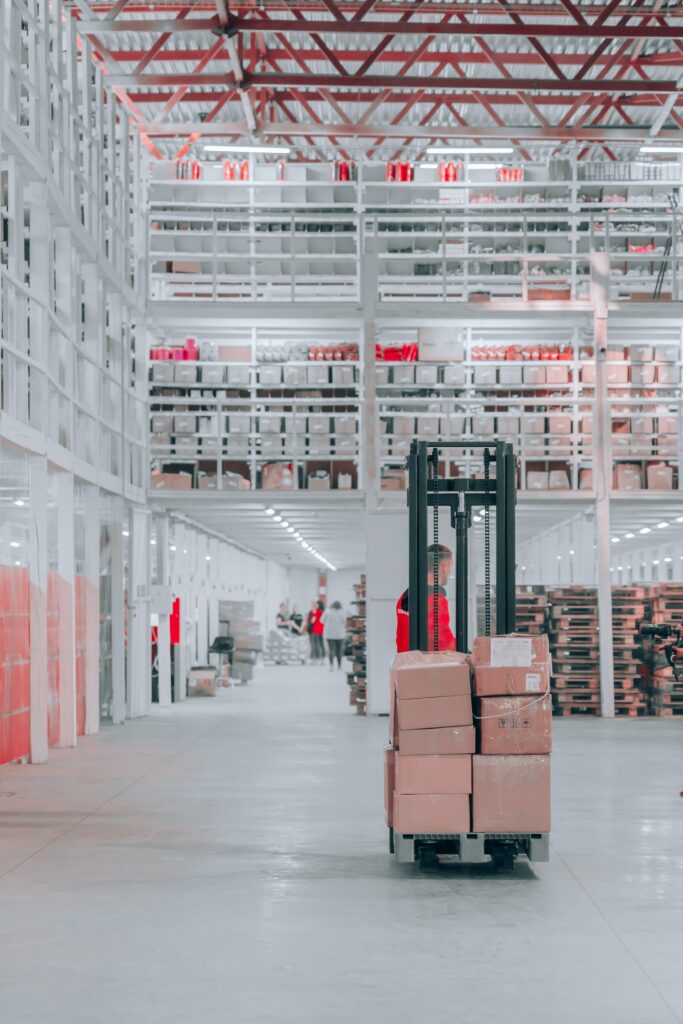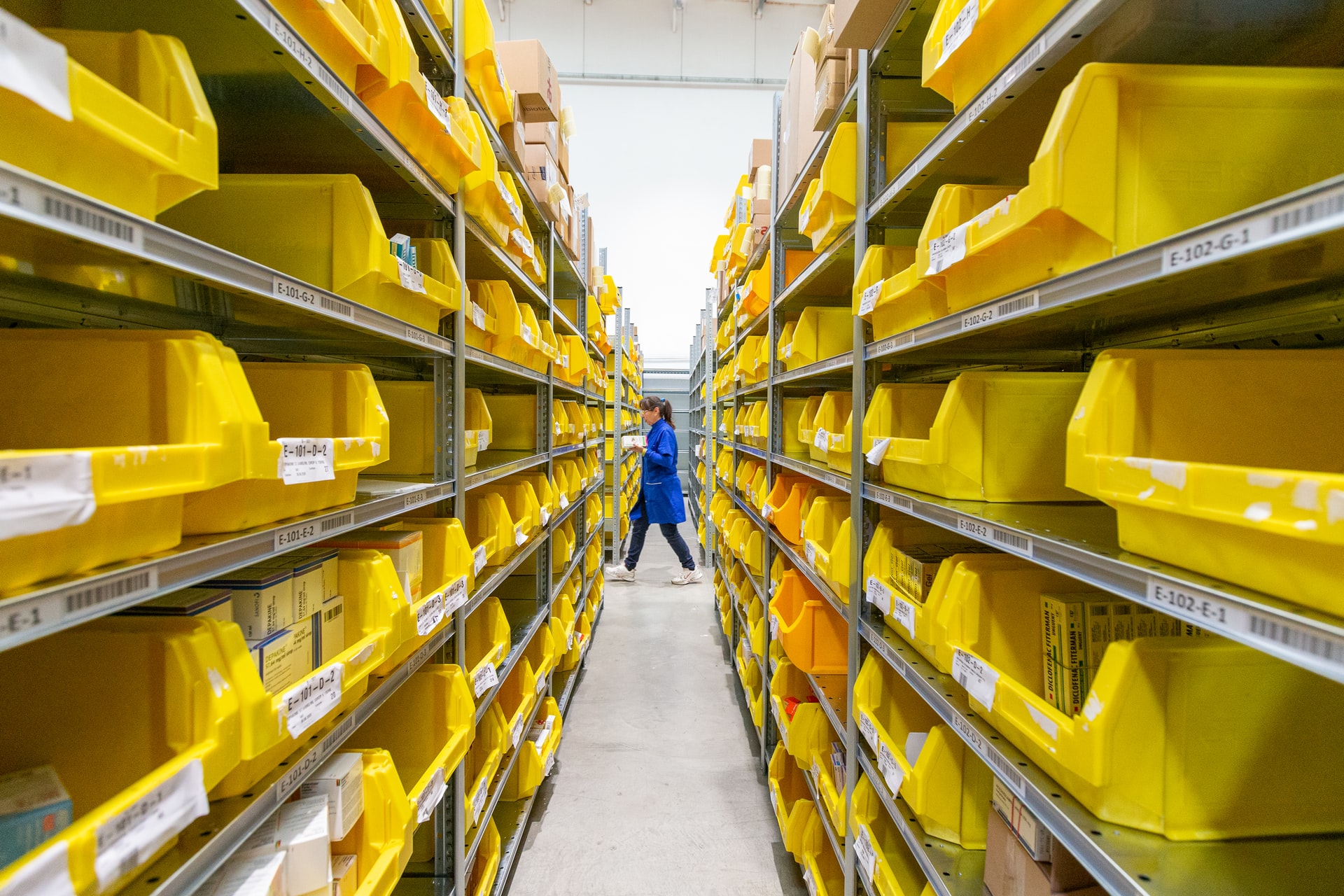Mainly due to the rapid growth of e-commerce, storage needs have skyrocketed over the past decade. While warehousing is a business that has existed for a long time and is essential to a wide range of industries, modern technology has allowed many new companies to streamline their operations and supply chains.
In this article, we’re going to look at what warehousing is, its benefits, and its key elements.
Before we begin, we have to say that nowadays it is impossible to run a warehousing company without help from Modula software solutions. People are jumping into the warehousing business without even thinking about how complicated it can be.
Warehousing is an essential part of the supply chain for most businesses that deal in physical goods. These can be both consumer-facing companies that stock a product that will eventually find its way to an end customer in retail and business-to-business (B2B) companies that stock products for eventual delivery to business customers.
Warehousing enables retail and e-commerce businesses to buy bulk items that would not fit in a retail store or have yet to be purchased online by a consumer. Bulk orders allow retailers to negotiate lower prices with their suppliers and improve margins when selling to customers. They can also hold inventory so that products remain available even when demand fluctuates.
Warehousing also offers companies the ability to stock products in strategic geographic regions to reduce delivery times and save on shipping costs.
For example, a company that sells a product directly to consumers across the United States may want to stock inventory in different country regions.

On the other hand, if it sells to private customers worldwide, it makes sense to strategically distribute warehouses across different countries for faster deliveries and minimize the number of deliveries that have to cross customs borders.
With over 20,000+ warehouses across the US and consumers becoming accustomed to same-day delivery, this is becoming an increasingly important consideration for direct-to-customer companies.
The Elements of Warehousing
Warehousing may seem simple as it is all about keeping products in stock. However, different processes are required to ensure efficiency and ensure inventory moves in and out quickly.
This includes:
Capacity Planning
The essential resource that a warehouse has is space. So when delivery of products is expected, employees need to plan where to store the products to make the best use of the available space.
Acceptance of Incoming Shipments
When products arrive at the warehouse, workers must receive the items and carefully move them to a staging area for processing.
Stock Tracking
As products enter or leave the warehouse, they must be recorded in its inventory management system. This is the only way warehouse management can monitor what is currently in stock and plan for future changes.
Storage of Products
After products have been received and processed, they need to be stored. For example, products are packed in totes and on pallets and then transported to the appropriate storage area using lift trucks.
Climate Control
Depending on the product type, specific values such as temperature, humidity or air pressure may need to be kept constant. Frozen goods, for example, need to be stored in areas where the temperature is below 0 degrees. Such requirements determine how and where products are stored in the warehouse to maintain their quality.
Reorganization
When storing new products, existing stocks may have to be moved so that the available space can be optimally used overall. All changes must be documented and updated in the inventory management systems.

Withdrawal and Delivery
Finally, when products are to be picked from the warehouse for delivery, workers must pick, process, pack, and load them. Then they have to be released from the warehouse to make room for new incoming products.
Warehousing and Supply Chain
Warehousing is an integral part of the overall physical product supply chain. Warehouses are not just for interim storage. They also offer supply chain managers the opportunity to reduce costs, reduce shipping costs and shorten delivery times by optimizing inventory purchases.
In addition, warehousing allows measures such as repackaging products for marketing purposes or optimizing packaging for delivery on the last mile. These essential steps ensure that products make their way through the supply chain to the end customer and that customers have the best possible experience with your company.
Warehousing and Integrated E-commerce Stack
Warehousing is an essential tool for businesses to temporarily store products, often maintaining inventory and streamlining shipments to customers. Suppose warehousing is an integral part of your business. In that case, you need to ensure your e-commerce platform integrates with your warehousing systems so you can track inventory, place orders, and coordinate fulfillment.



